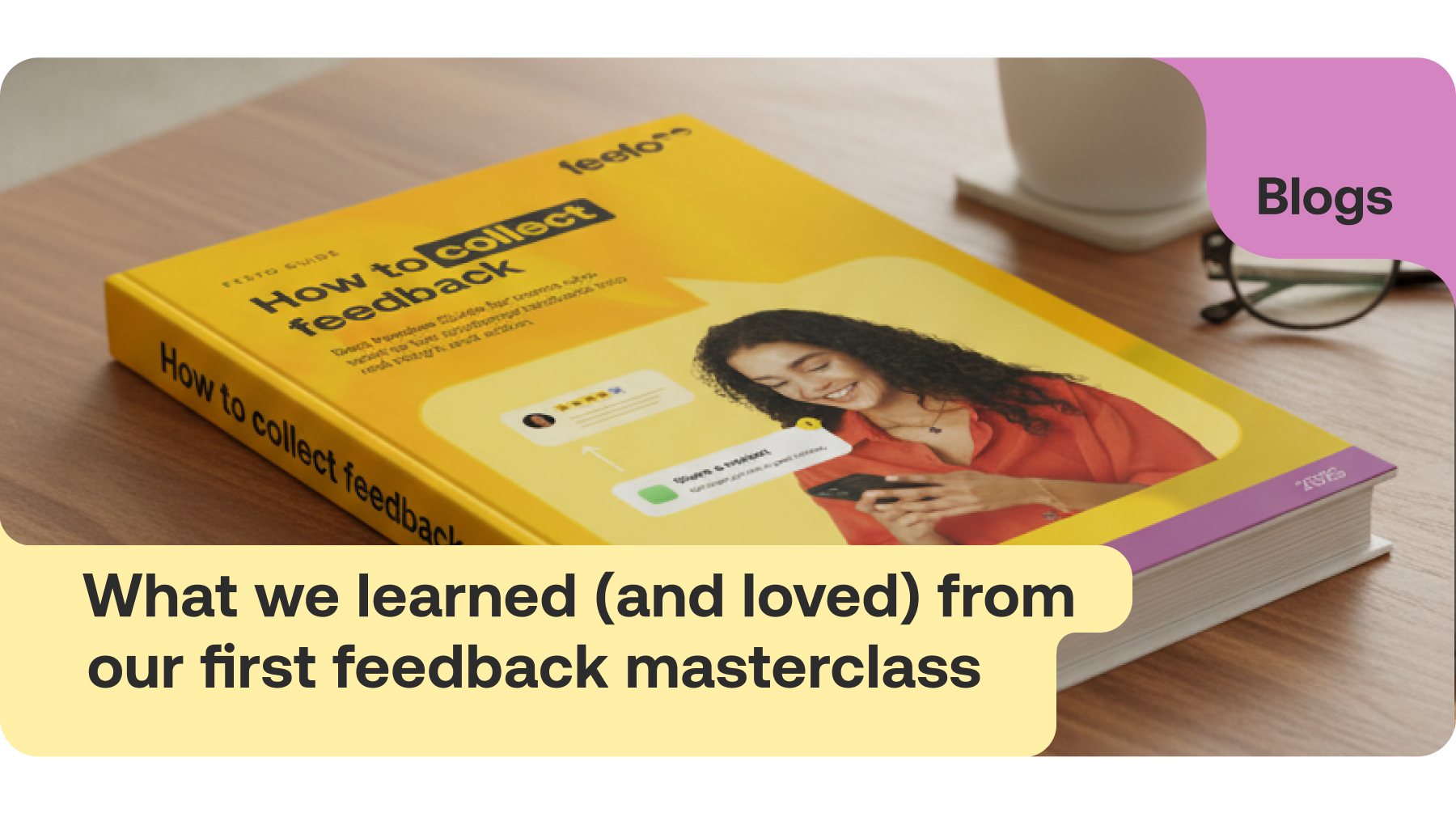Data literacy tips for the data-driven business.
We all know that data is a goldmine. It helps brands improve, innovate, and retain customers. But do we all know what data matters most or what to look out for when analysing data from our client base?

We recently launched a Consumer Benchmark report that assesses people’s behaviours and expectations from brands in 2024. It analyses data from over 2000 survey participants and over 21 million reviews. We discovered that consumers are looking for value beyond the transaction and a deeper relationship with the brands they shop with. Having access to data from such a wide sample size is truly valuable to businesses, especially in such a data-centric climate.
Businesses that base decisions on data are 19 times more likely to be profitable. But it’s not always easy to tell which data we should be listening to, and how, as ambitious and customer-centric businesses, we can use data to our advantage. And, importantly, how we can avoid data burnout.
“We know that an intelligent use of data can benefit both the consumers and the business. There’s a very well-known supermarket brand with a loyalty club which is good evidence of this. We are ostensibly a data business and there's a genuine opportunity for the democratisation of data for the benefit of brands.” - Tony Wheble, CEO of Feefo
In this blog, we explore what data you should be listening to and how to act on it.
When to listen to data trends
In an ever-shifting consumer landscape, it’s important to understand when to respond to trends and when to hold fire. Trends can help us predict changes in spending, consumer expectations from brands - such as wanting a relationship beyond the transaction - and motivations such as authentic brand values. They can also help us predict seasonal peaks, quieter periods and product innovation opportunities.
However, what’s more important than listening to market trends is analysing data from your customer base. By assessing patterns in your feedback, you can discover the motivations, desires and values of your customer base, particularly if you ask bespoke questions beyond the moment of purchase.
Although understanding the wider landscape can help you predict shifts in consumer behaviours or values, your own customers' attitudes may differ. It’s important to tune in to your customers' trends by collecting feedback on their full experience, attitudes and behaviours.
The power of AI in data analytics
McKinsey says of data: “The data-driven culture fosters continuous performance improvement to create truly differentiated customer and employee experiences and enable the growth of sophisticated new applications that aren’t widely available today.”
However, understanding how to analyse your data is a vital skill that needs to grow alongside a data-driven culture.
Enter stage left: AI. Depending on the size of your business, analysing data can require a vast amount of resources and budget. However, smart businesses will be turning to AI for assistance, and trust us, it can make light work of the process.
Feefo’s analytics suite is designed with our clients in mind to help automate the process of looking for patterns and opportunities in client feedback. It identifies key issues that need addressing and sheds light on customer sentiment, grouping common themes and insights together. It does the hard work of identifying patterns so that the human work of understanding what those patterns mean can begin – for which Feefo are always on hand to offer support.
Analysing data shouldn’t be your Achilles heel. With the right tools and knowledge, brands can unearth business-enhancing insights quickly and efficiently.
What data should brands analyse to truly understand their customers?
There are two types of data: operational and experience.
Operational data is produced by your organisational processes, such as sales, inventory, customer interactions and so on. It enables you to denote win rates, the profitability of different products, and where sales are coming from.
Experience data represents the human factor: the opinions, beliefs, and motivations of your customers. Experience data bridges the gap between what you think is going on and what is happening on the ground.
Taking a holistic view to reading your data should help you understand the big picture and offer a smooth CX from start to finish.
How to spot the right opportunities from your data
Innovation isn’t just about doing the next best thing; it’s about understanding what motivates your customers and offering them something they didn’t know they needed.
“Innovation is a product, service, business model, or strategy that's both novel and useful. Innovations don't have to be breakthroughs in technology or new business models; they can be as simple as upgrades to a company's customer service or features added to an existing product.” - Michael Boyles, HBS
There are a few key things that businesses should be doing to spot opportunities to innovate:
Look for trends in consumer behaviour – whether that’s by tuning into consumer benchmark reports or spotting the patterns in your data, the current trends can tell you how the landscape is shifting.
Assess your customers' values beyond the transaction – Invite your customers to share their insights beyond the purchase, whether it’s six months after a transaction or before they’ve made their first purchase. Take surveys, post polls on social media or host a private forum where your customers can open up about what’s truly on their mind.
Analyse negative feedback – It’s not all about the positive. Looking at where your customers think you went wrong and why can reveal impactful insights. By truly listening to negative feedback, you can understand your customers' values, motivations and expectations. The Consumer Benchmark report showed that 31% of people who leave feedback expect a response, whether their feedback was positive or negative.
Get personal – Data helps you deliver a personalised customer experience, which is something we all know customers are craving more of. According to our Consumer Benchmark report, 23% of people say they feel valued when brands offer them a personalised product or service. Delivering a customised CX can mean showing them products that relate to their interests or even presenting the right review at a key moment in their purchase journey.
Brands who want to innovate and put their customers at the heart of what they do must not only collect data, but also understand how to analyse and make the most of it. Feefo is continuously developing solutions that offer deeper insights and help brands benefit from a more connected relationship with their customers.
Find out more
If you want to know more, we’re happy to advise on how data collection and analysis can give you valuable, growth-oriented insights – just drop us a line or use the chat box.

.png)

